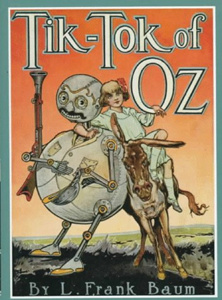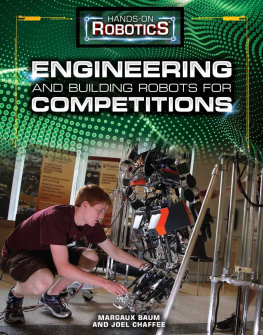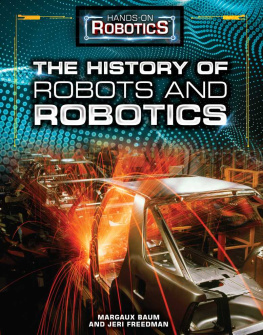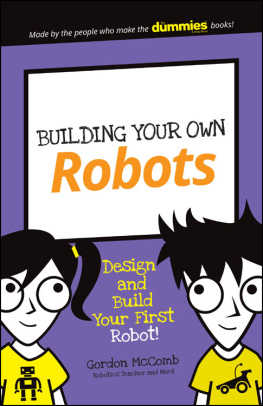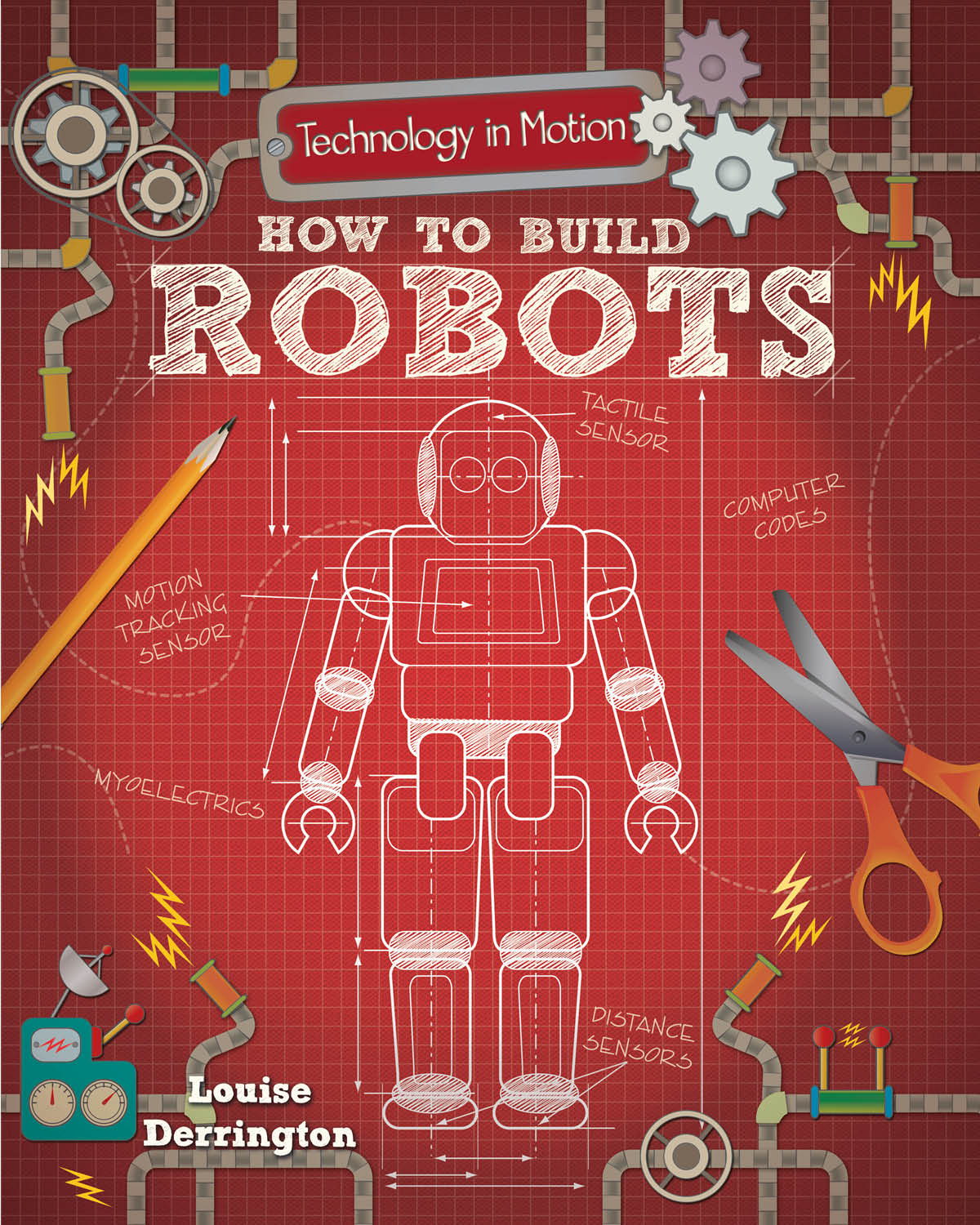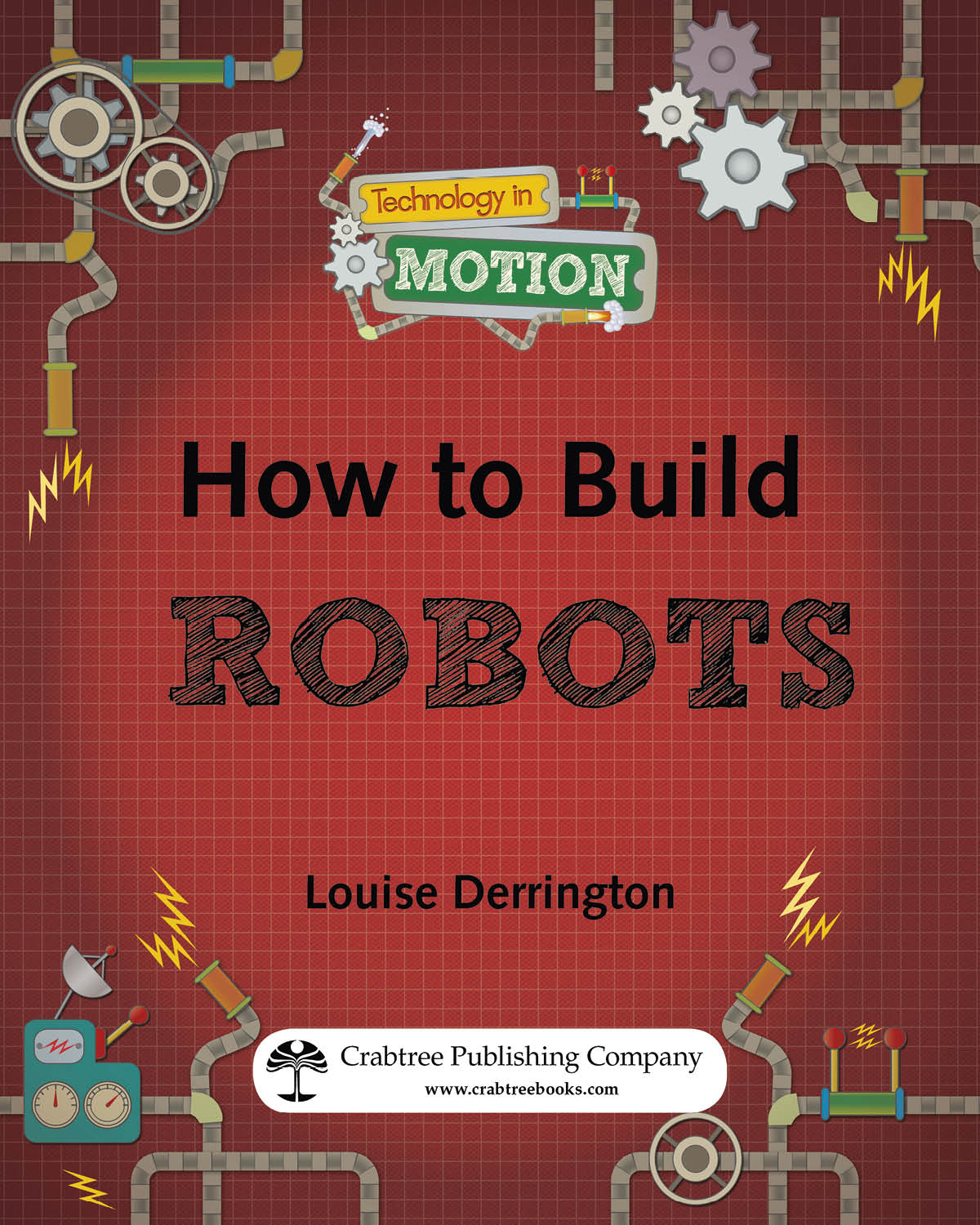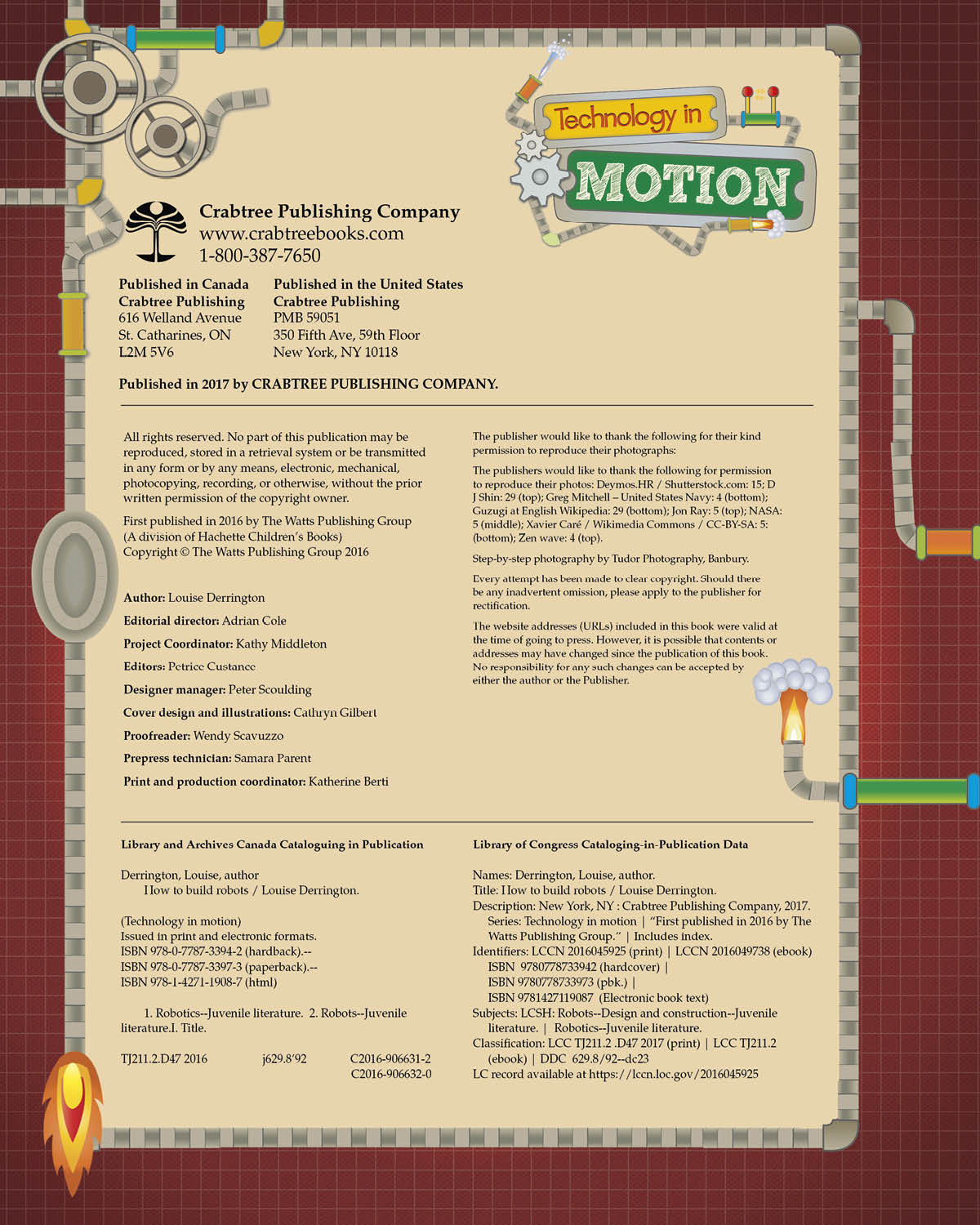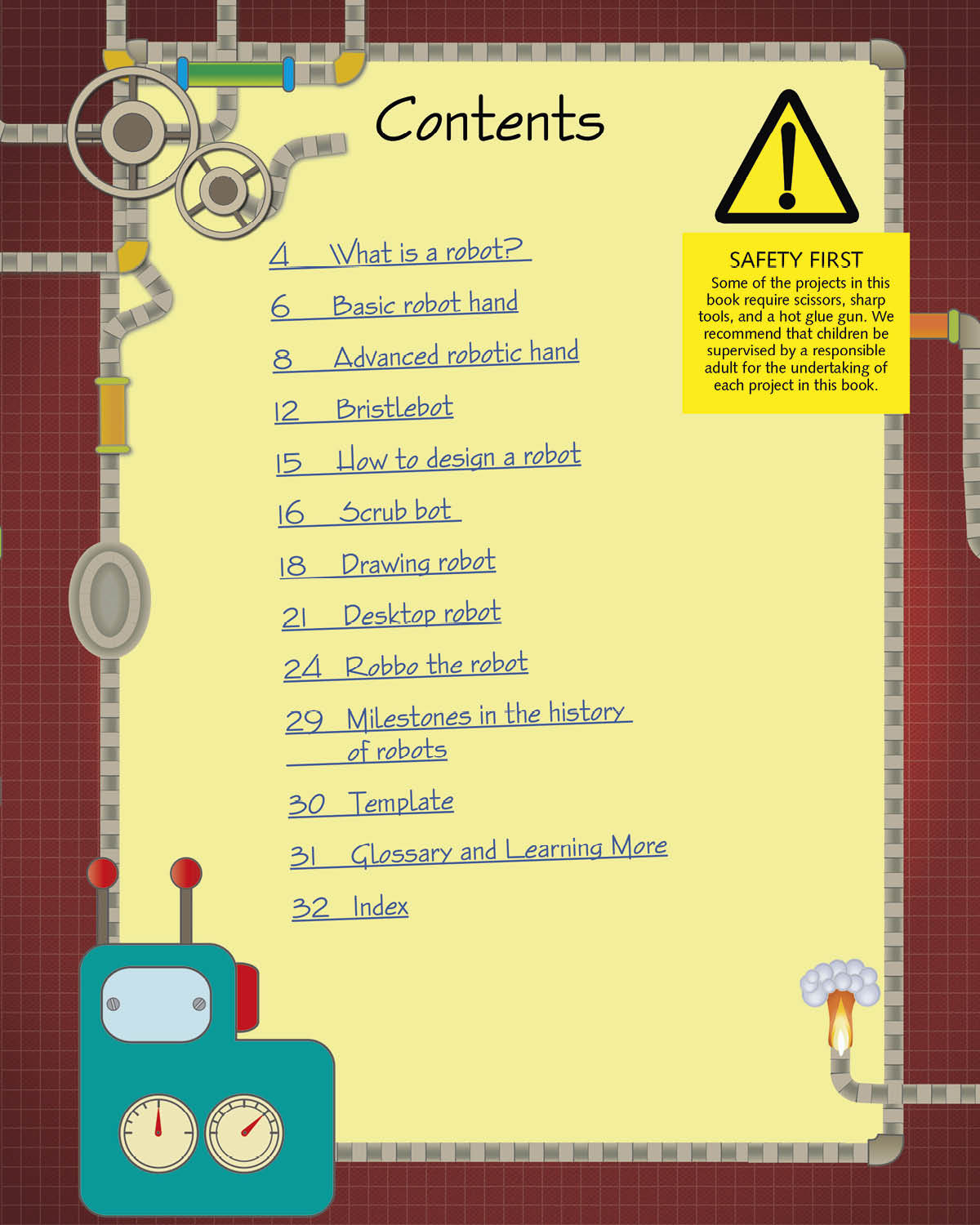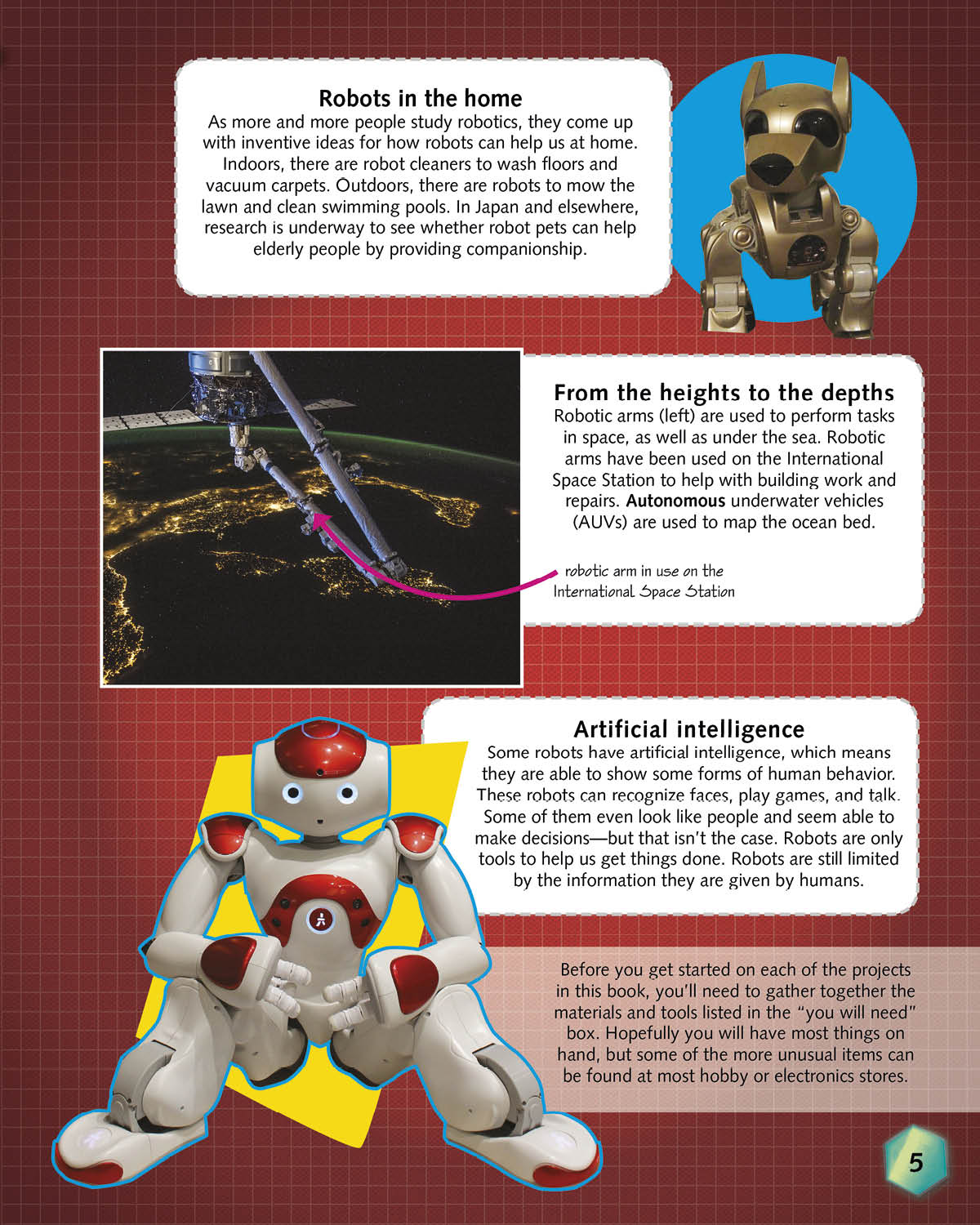How to Build Louise Derrington
Crabtree Publishing Company www.crabtreebooks.com
The publisher would like to thank the following for their kind permission to reproduce their photographs: The publishers would like to thank the following for permission to reproduce their photos: Deymos.HR / Shutterstock.com: 15; D J Shin: (top); Greg Mitchell United States Navy: (bottom); Guzugi at English Wikipedia: (bottom); Jon Ray: (top); NASA: (middle); Xavier Car / Wikimedia Commons / CC-BY-SA: 5: (bottom); Zen wave: (top). Step-by-step photography by Tudor Photography, Banbury. Every attempt has been made to clear copyright. Should there be any inadvertent omission, please apply to the publisher for rectification. The website addresses (URLs) included in this book were valid at the time of going to press. However, it is possible that contents or addresses may have changed since the publication of this book.
No responsibility for any such changes can be accepted by either the author or the Publisher. All rights reserved. No part of this publication may be reproduced, stored in a retrieval system or be transmitted in any form or by any means, electronic, mechanical, photocopying, recording, or otherwise, without the prior written permission of the copyright owner. First published in 2016 by The Watts Publishing Group (A division of Hachette Childrens Books) Copyright The Watts Publishing Group 2016 Author: Louise Derrington Editorial director: Adrian Cole Project Coordinator: Kathy Middleton Editors: Petrice Custance Designer manager: Peter Scoulding Cover design and illustrations: Cathryn Gilbert Proofreader: Wendy Scavuzzo Prepress technician: Samara Parent Print and production coordinator: Katherine Berti Library of Congress Cataloging-in-Publication Data Names: Derrington, Louise, author. Title: How to build robots / Louise Derrington. Description: New York, NY : Crabtree Publishing Company, 2017.
Series: Technology in motion | First published in 2016 by The Watts Publishing Group. | Includes index. Identifiers: LCCN 2016045925 (print) | LCCN 2016049738 (ebook) ISBN 9780778733942 (hardcover) | ISBN 9780778733973 (pbk.) | ISBN 9781427119087 (Electronic book text) Subjects: LCSH: Robots--Design and construction--Juvenile literature. | Robotics--Juvenile literature. Classification: LCC TJ211.2 .D47 2017 (print) | LCC TJ211.2 (ebook) | DDC 629.8/92--dc23 LC record available at https://lccn.loc.gov/2016045925 Library and Archives Canada Cataloguing in Publication Derrington, Louise, author How to build robots / Louise Derrington. (Technology in motion) Issued in print and electronic formats.
ISBN 978-0-7787-3394-2 (hardback).-- ISBN 978-0-7787-3397-3 (paperback).-- ISBN 978-1-4271-1908-7 (html) Robotics--Juvenile literature. Robots--Juvenile literature.I. Title. TJ211.2.D47 2016 j629.892 C2016-906631-2 C2016-906632-0 Crabtree Publishing Company www.crabtreebooks.com 1-800-387-7650 Published in Canada Crabtree Publishing Welland Avenue St. Catharines, ON L2M 5V6 Published in 2017 by CRABTREE PUBLISHING COMPANY. Published in the United States Crabtree Publishing PMB 59051 Fifth Ave, 59th Floor New York, NY 10118
Contents SAFETY FIRST Some of the projects in this book require scissors, sharp tools, and a hot glue gun.
We recommend that children be supervised by a responsible adult for the undertaking of each project in this book.
Robots are machines that are capable of carrying out a series of actions automatically. They perform complicated, useful, and sometimes dangerous jobs. They are intelligent machines but, unlike humans, they cannot think for themselves. What is a robot? Robots in medicine Robots are already used by doctors performing surgery. Researchers are investigating many more ways that robots could be useful, including the development of tiny robots which will be able to squeeze through the narrowest blood vessels to perform medical procedures.
The new generation of prostheses , or artificial limbs, are called myoelectrics . These robotic limbs are powered by electrical signals from the remaining muscles of the limb. Robots in the workplace Robots have changed the way we make things, from cars (left) to computers. Robots do not get bored when they have to do the same things over and over again, which makes them very efficient. Robots in danger Robots help us in some of the most dangerous places on Earth. They are used to detect and dispose of bombs.
They can also be fitted with sensors and be sent into contaminated areas to collect information about levels of chemicals and radiation .
Artificial intelligence Some robots have artificial intelligence, which means they are able to show some forms of human behavior. These robots can recognize faces, play games, and talk. Some of them even look like people and seem able to make decisionsbut that isnt the case. Robots are only tools to help us get things done. Robots are still limited by the information they are given by humans.
Before you get started on each of the projects in this book, youll need to gather together the materials and tools listed in the you will need box. Hopefully you will have most things on hand, but some of the more unusual items can be found at most hobby or electronics stores. Robots in the home As more and more people study robotics, they come up with inventive ideas for how robots can help us at home. Indoors, there are robot cleaners to wash floors and vacuum carpets. Outdoors, there are robots to mow the lawn and clean swimming pools. In Japan and elsewhere, research is underway to see whether robot pets can help elderly people by providing companionship.
From the heights to the depths Robotic arms (left) are used to perform tasks in space, as well as under the sea. Robotic arms have been used on the International Space Station to help with building work and repairs. Autonomous underwater vehicles (AUVs) are used to map the ocean bed. robotic arm in use on the International Space Station
Make a robot hand that moves! How does it work? When you pull the threads of your robot hand, the drinking straws close up and make the cardboard fingers curl. The drinking straws and threads of the robot hand mimic the action of the bones, tendons , ligaments , and muscles in a human hand. Cut two pieces of drinking straw so that they fit on the line of glue on the thumb, leaving a 0.25-inch (6 mm) gap between each piece.
Attach them on the line of glue. Use the template on page to draw and cut out the hand with thick paper. Make a line of glue down the center of each of the paper fingers and the thumb. Cut pieces of drinking straw (3 for each of the three middle fingers and for the little finger). Place them on the lines of glue, leaving a 0.25-inch (6 mm) gap between each piece. line of glue To make a basic robot hand, you will need: pencil and thin white paper (for tracing the template) letter-sized sheet of thick paper scissors tube of clear all-purpose glue drinking straws sticky tape lengths of thick thread, inches (20 cm) long Basic robot hand 0.25-inch (6 mm) gap


